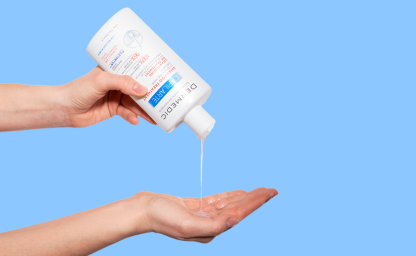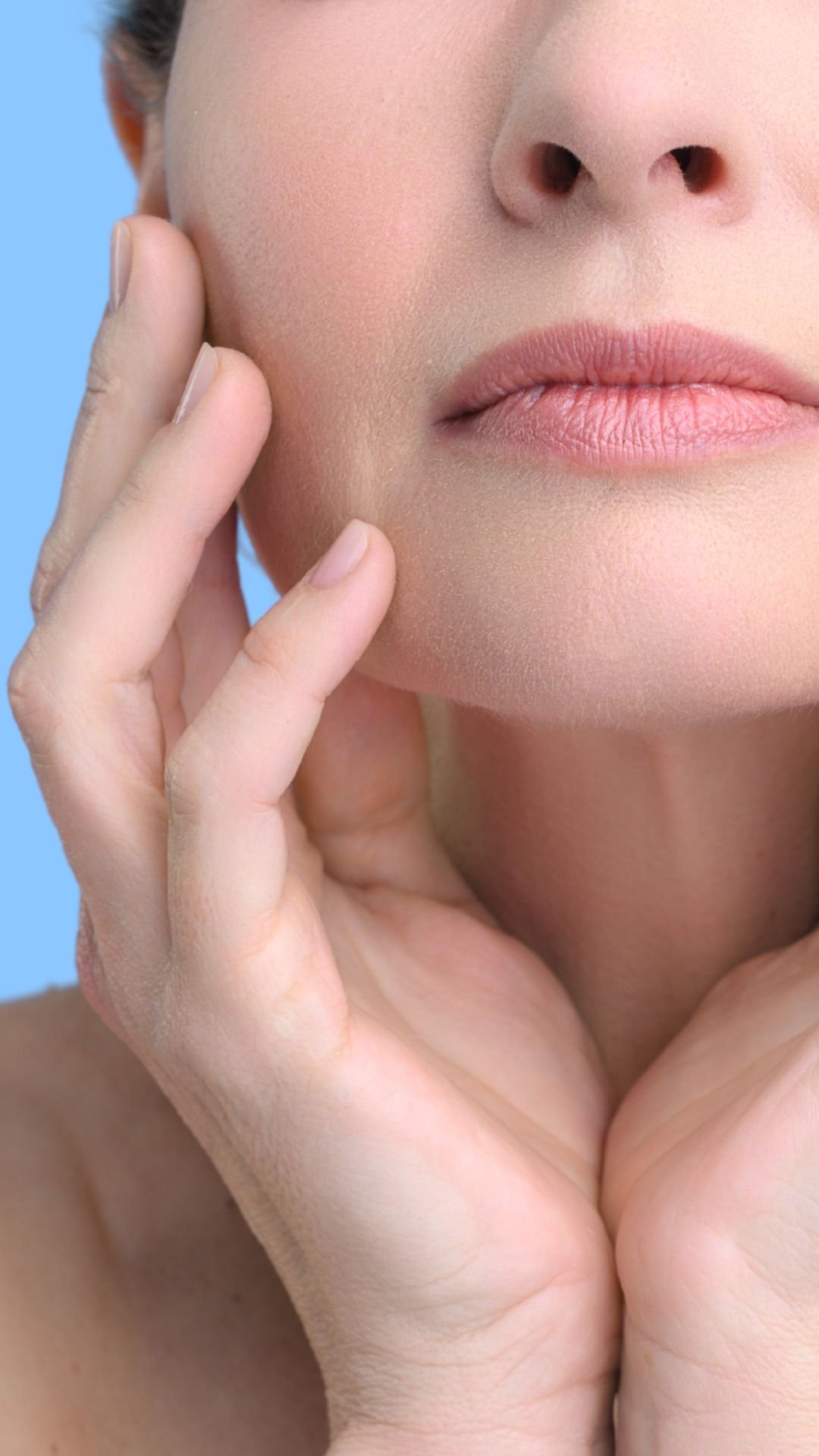What does solar radiation consist of?
Solar radiation is a collection of electromagnetic waves of various lengths. These include ultraviolet (UV), visible light (VL) and infrared (IR) radiation.
The most well-known effect on the skin is caused by UV radiation. Interestingly, it makes up only 5% of the total radiation that reaches the Earth's surface. UV radiation can be further subdivided into UVC (characterised by the highest energy, but completely absorbed in the atmosphere), UVB (in our latitude we are exposed to it only in the summer months) and UVA (which affects us all year round). Both of these UV radiation types accelerate age-related degenerative processes in the skin, as well as increasing the risk of mutations that can lead, for example, to melanoma.
.png?width=800&height=500&name=blog%20800x500%20(23).png)
.png?width=500&height=500&name=blog%20mniejsze%20500x500%20(6).png)
What about the other types of radiation?
Our knowledge of the impact of VL and IR radiation is expanding. VL radiation can, just like UVA radiation, generate free radicals and lead to hyperpigmentation. On the other hand, IR radiation has recently been a controversial topic. It appears that in low doses it may have an anti-ageing effect, but uncontrolled exposure leads, for instance, to the overheating of the skin and adverse changes in its protein structure, ultimately causing damage to its “scaffolding”. Unfortunately, in our daily lives the latter scenario is more common.
Why is sun protection so important?
The answer is simple – for the health of our skin and of ourselves. And while adequate sun protection largely prevents the formation of wrinkles, skin atrophy or the appearance of hyperpigmentation, we should not be driven only by the desire to improve our appearance. Indeed, solar radiation is the most important modifiable risk factor for the development of skin cancers, including squamous cell carcinoma, basal cell carcinoma and melanoma. It also contributes to the exacerbation of a number of skin conditions, such as rosacea and lupus erythematosus.
.png?width=800&height=500&name=blog%20800x500%20(24).png)
-1.png?width=500&height=500&name=Projekt%20bez%20nazwy%20(15)-1.png)
How can I effectively protect myself against solar radiation?
If you want to enjoy the sun responsibly, remember to follow a few simple rules:
- Avoid being outside during the peak hours of sunlight, i.e. between 10 AM and 4 PM.
- Wear clothing that increases the protection against solar radiation, such as long-sleeved blouses and head covering – perhaps a fashionable hat.
- Wear sunglasses with a UV400 rating – this will help you protect your eyes.
- Use the right amount of sunscreen – one of the easiest techniques to remember is the so-called teaspoon method. Apply 1 teaspoon of product to your face, your neck and each upper limb, and 2 teaspoons to each lower limb and the front and back of your torso.
In autumn and winter, it is recommended to use creams with SPF >15, and in spring and summer – with SPF >30. You should also choose those products that will protect your skin not only against UV radiation, but also against VL and IR radiation. Our Dermedic Sunbrella products meet these criteria. In addition, they do not contain irritants or allergens, are formulated to suit different skin types and do not stain clothes.
By following these simple rules, you will be able to enjoy radiant, youthful-looking and, above all, healthy skin.












